On Fife Council leader David Ross’ wall is a whiteboard with the seven greatest financial challenges facing the Kingdom in red pen.
The veteran council leader is well versed in discussing these pressures.
They include priorities most Fifers would agree are essential, like improving the Kingdom’s roads and modernising schools, as well as newer challenges like protecting areas from increased flooding events.
They come alongside the everyday challenges of running Scotland’s third-largest council by population, like making sure waste is collected on time.
And its a task that’s growing increasingly difficult for many local authority leaders, with areas like Angus telling residents to brace for deep cuts.
Mr Ross credits Fife’s ability to avoid some of the deepest cuts seen in other areas to several factors, including the talent of the unelected council officials whose advice he draws on.
In an in-depth interview with The Courier, the Kirkcaldy Labour councillor said: “I think we have very good finance staff and they give us good advice and they manage the balance between protecting our finances and allowing us to do what we want to do very well.”
Mr Ross said good timing and fiscal management meant the council had benefitted from things like accounting changes to how it pays for its long term capital investment.
This has allowed the local authority to identify some £40 million that can go into new buildings, rather than servicing the debt off completed works.
Other changes have also allowed Mr Ross and his long-serving finance spokesperson Councillor Altany Craik to free up extra cash.
Mr Ross said: “The pension scheme is significantly overfunded by around 150%, so we’ve been able to reduce the contributions to that without affecting what people will get.
“That reduced what we were paying out by around £6 million.”
These different pots of money have allowed the duo to balance the budget, making up for overspend in areas like council services.
Fife will have to ‘pay for council tax freeze later’
In his SNP conference speech last October, then first minister Humza Yousaf announced council tax bills across Scotland would be frozen.
While he disagreed with the choice, Mr Ross said: “We couldn’t turn it down because we would have been giving £9 million back to the government.
“Our planning assumptions have always been on a 3% increase, in effect we got the money for 5%, so there was extra there.
“But the freeze will pay for later. Over five years we are likely to be nearly £2 million down.”
How do Fife Council budgets benefit from scale?
Fifers have also been able to benefit from the size of the local authority, which employs over 17,000 people providing over 900 different services.
This scale has even simple benefits, Mr Craik says, like one-off money for projects taking time to spend.
“We get the benefit of it being in our bank account and cutting our borrowing cost. That doesn’t happen for small councils,” he said.
The benefits were also particularly evident during the coronavirus pandemic, he added.
“We were able to move how we deliver services in a very effective way and making use of the Covid-19 money without spending it on buying in services.
“That worked very well of us, so the money went a long way and we got a lot out of it.
“I don’t know how councils like Stirling have managed.”
SNP coalition vs minority
It’s at this point in the interview Mr Ross, who sources across the council say has an ability to put party politics aside, made a rare political comment.
He said: “You’ve had that consistency since 2012. Although we were in a coalition with the SNP for five years, it was our programme driving it.”
Mr Ross has enjoyed the years since the most recent election in 2022, when he took control as a minority administration, ending the coalition with the nationalists and instead negotiating with all parties.
He said: “I don’t want to disparage the SNP, I think it was the right thing to do and we did continue to do some of the right things, but there was a drag on us.
“It was more problematic negotiating through things than it has been for the last two years.”
How will Fife fare in years to come?
While more optimistic about the future than not, both men warned that there are important priorities that will struggle without a change in how government funds local councils.
In particular is the programme of affordable house building; a political priority Labour has focused on in Fife for over a decade.
Mr Ross said: “In 2012, I had in my mind that we would need a 20-year programme.
“We’re now 12 years in, but with the cut to our capital budget, I’m struggling to see how we complete the next three.
“That will be for the next administration.
“But if we hadn’t been building the level of housing we have, our homelessness issue would have been through the roof.
“Although it hasn’t necessarily provided all that many new housing in net terms because we were still dealing with the end of right to buy, we’re now actually making an increase.
“We’re around 1,000 homes up from where we would have been. If we hadn’t, we’d have been down about 6,000 houses from where we had started.
“With the pressure on waiting lists, it would have been in a really difficult position.
“We are going to have to scale back a bit, but it is absolutely one of our top priorities.
“We’re down to around 4,000 a year, in conjunction with the housing associations, but they’ve had this cut, but we’ll keep it going at the highest level we can.”
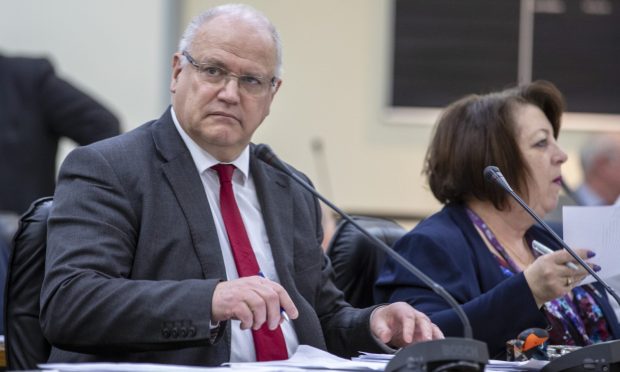
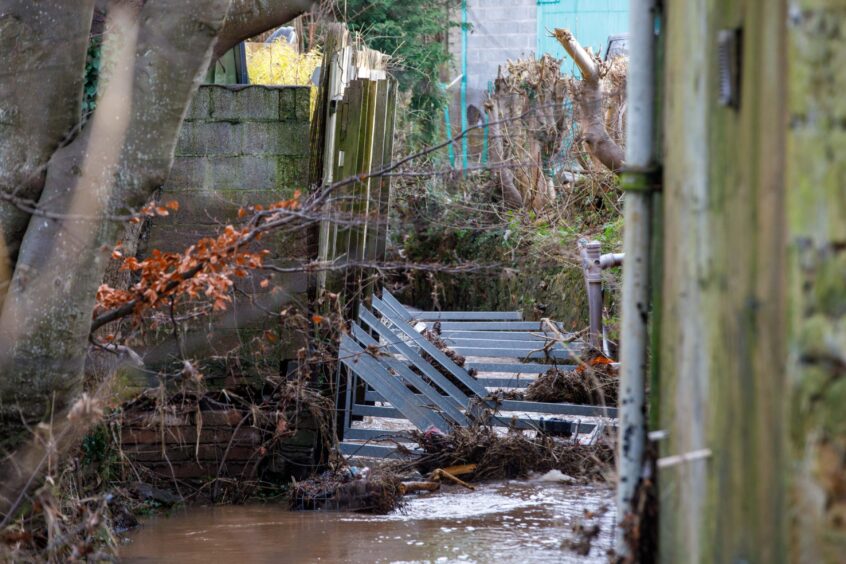
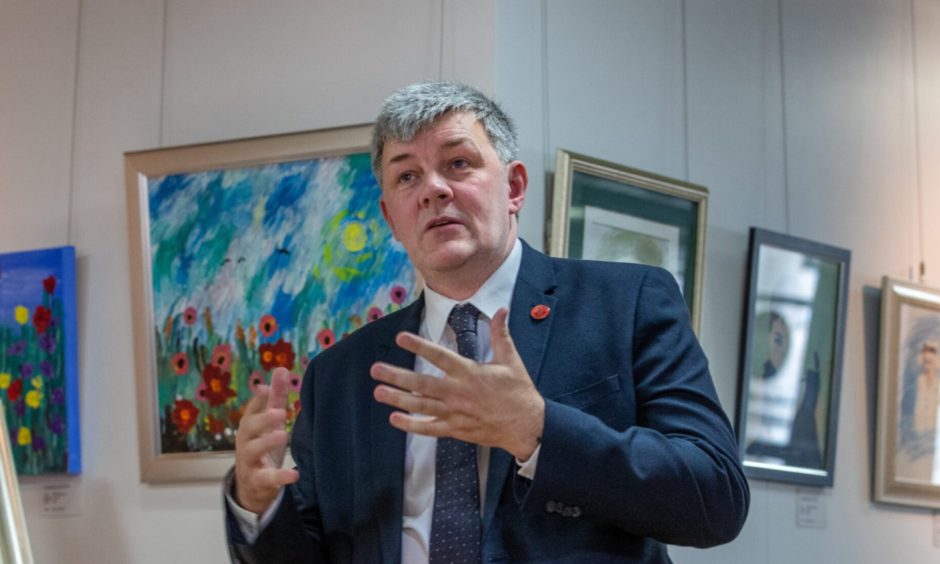
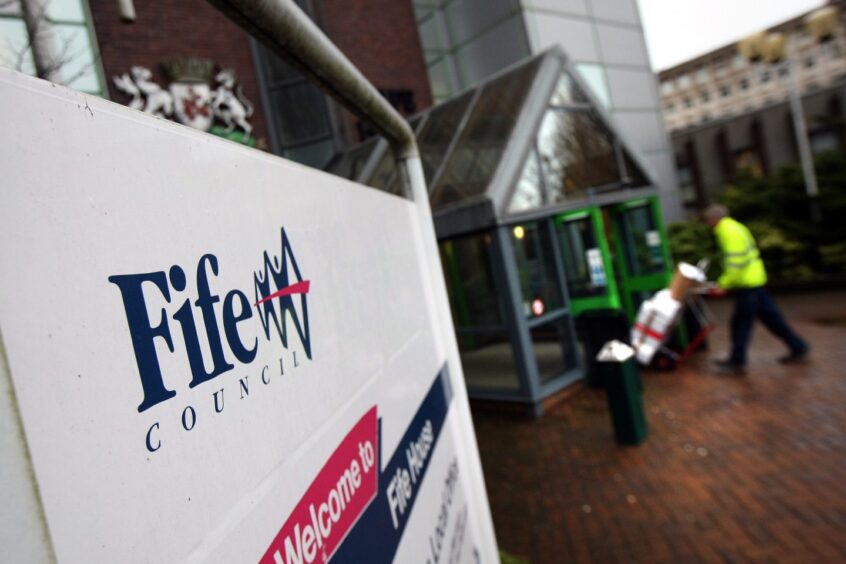
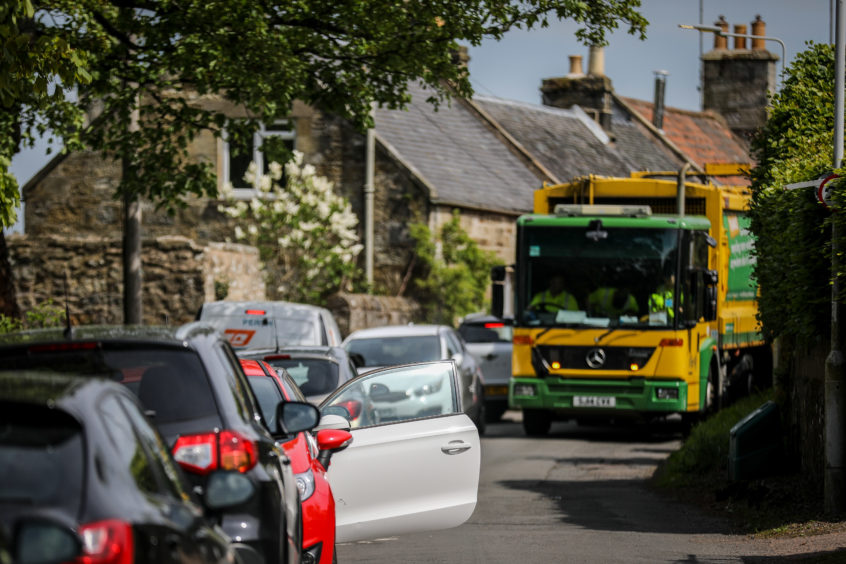
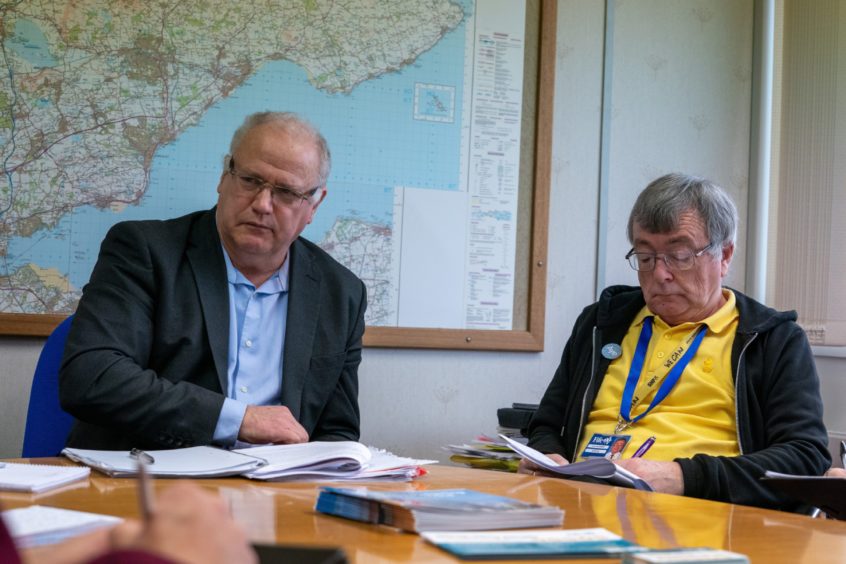
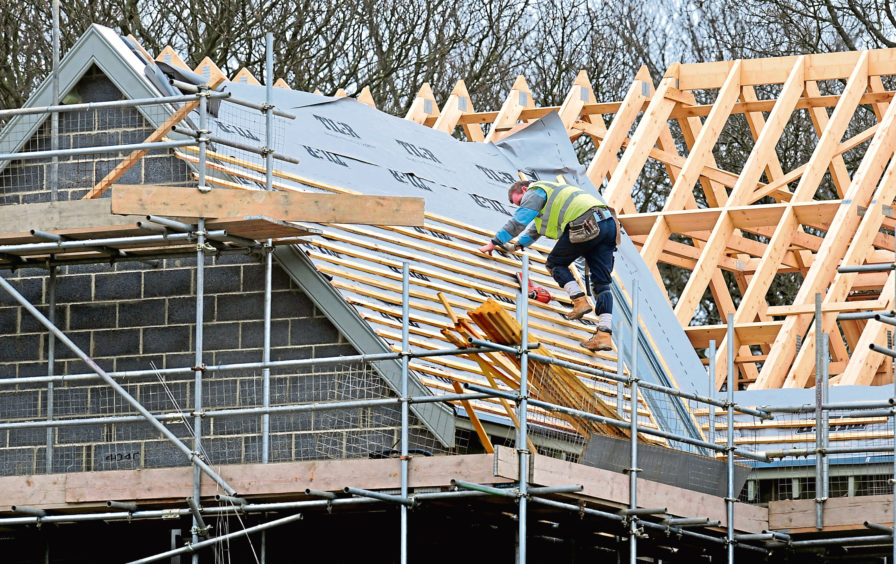

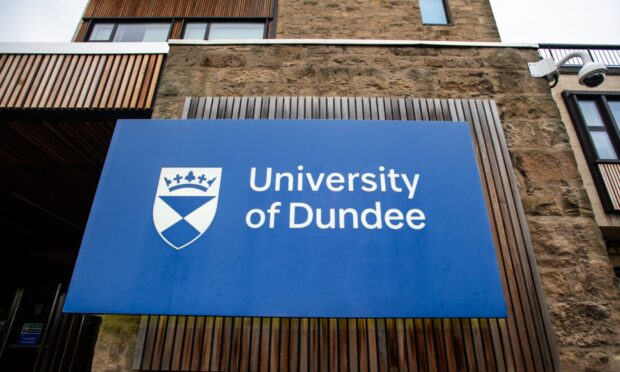


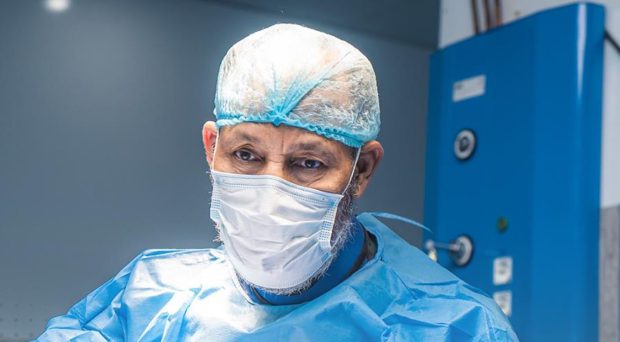
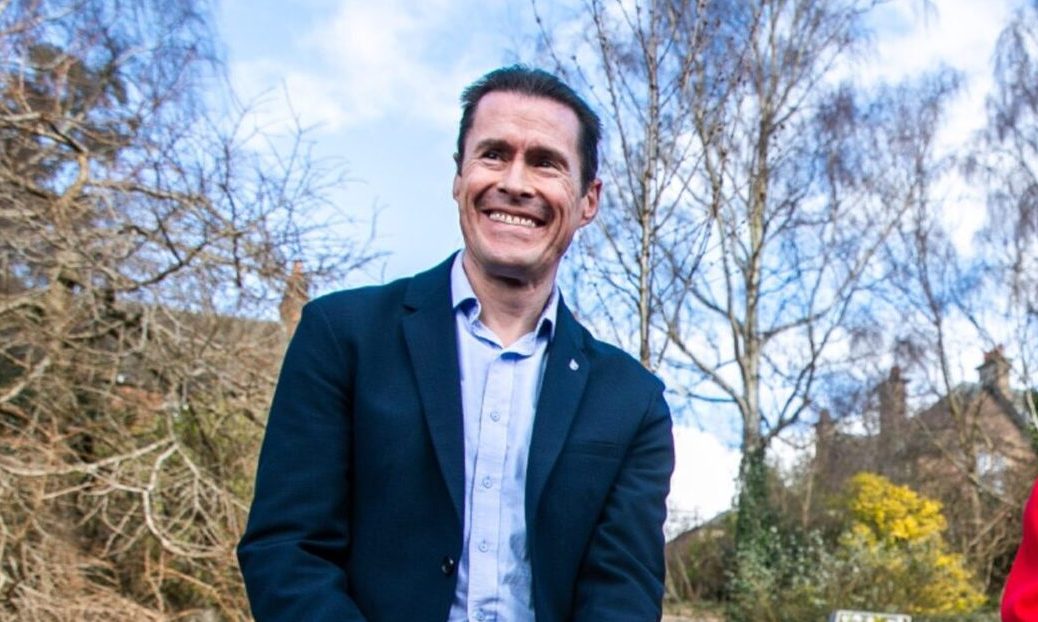
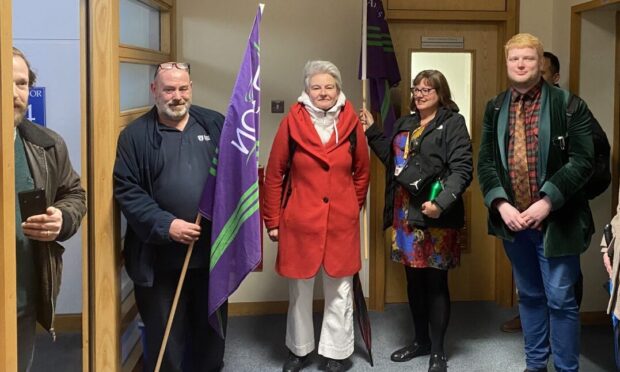
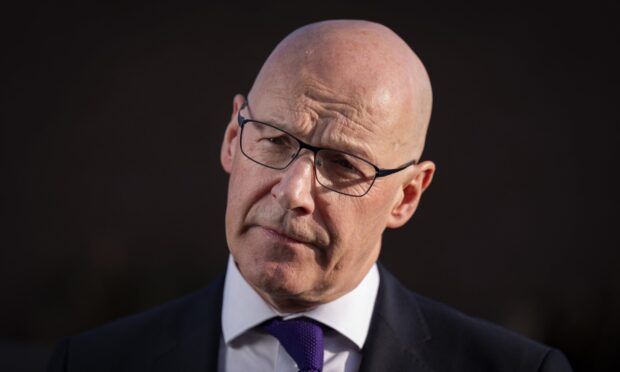
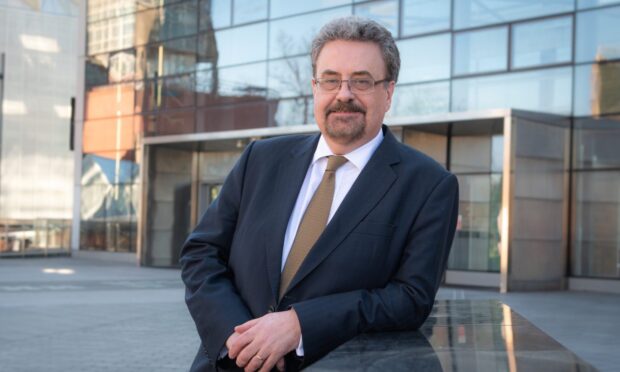
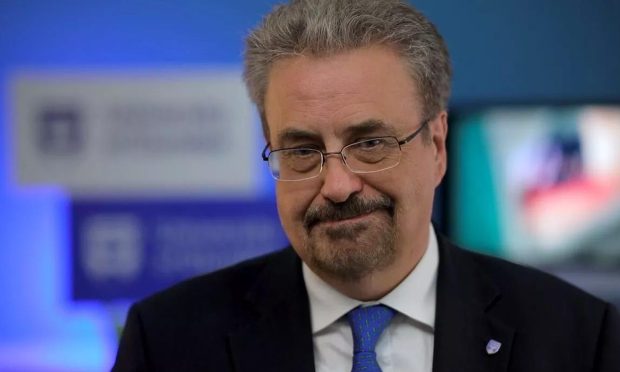
Conversation